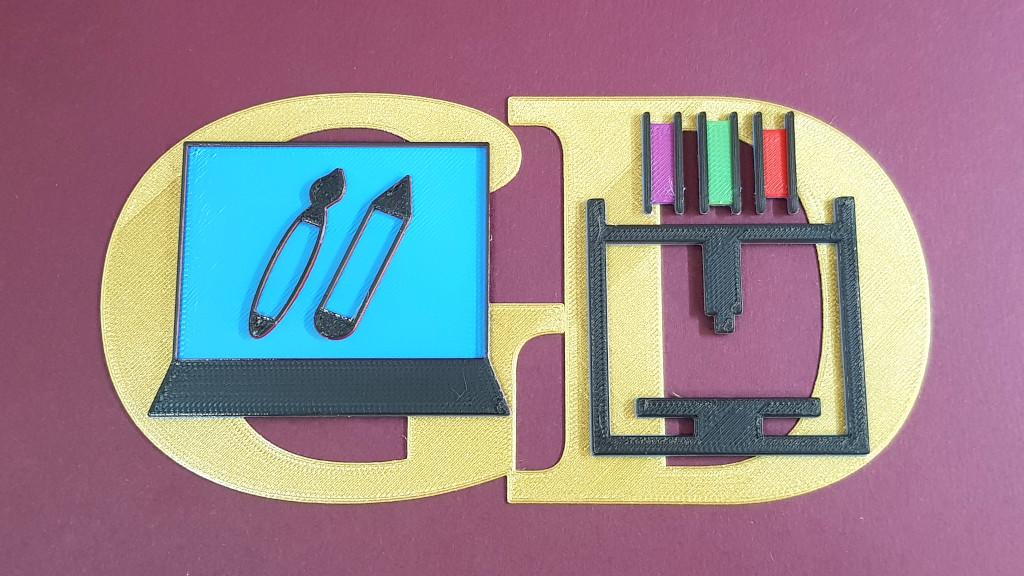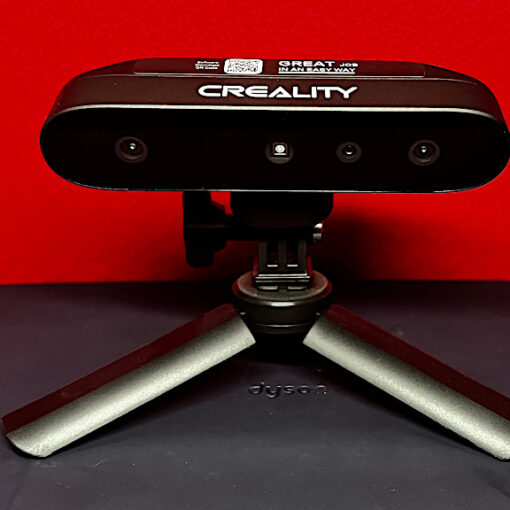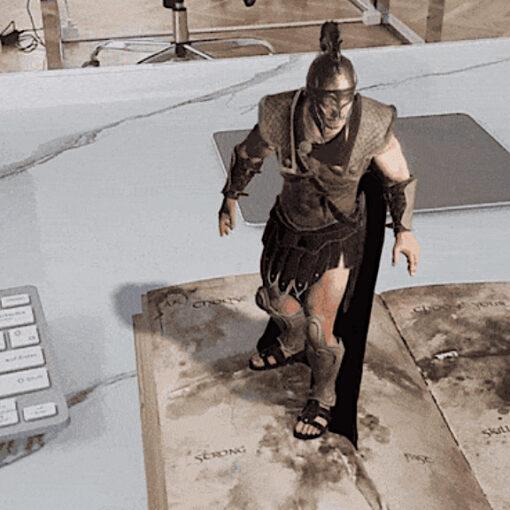While hunting for the rare trees for the ongoing 3D printing project, the Royal Botanic Gardens, the famous Kew Gardens in London, was at the top of our list. With the rich 250-year history, it is full of treasures. There is a 50m tall Great Pagoda, originally dating back to 1762, and which is now ornamented with the 3D printed dragons. To better understand how 3D printing was involved in this restoration project, let’s dig into the subject.
Kew Gardens’ Great Pagoda
Kew Gardens’ Pagoda was built by Sir William Chambers for the Royal Family to enjoy. It is an imitation of Chinese Ta. This history-rich Pagoda was cleverly positioned so that it could be visible from various places in the park, making it one of the “must visit” places in the gardens.
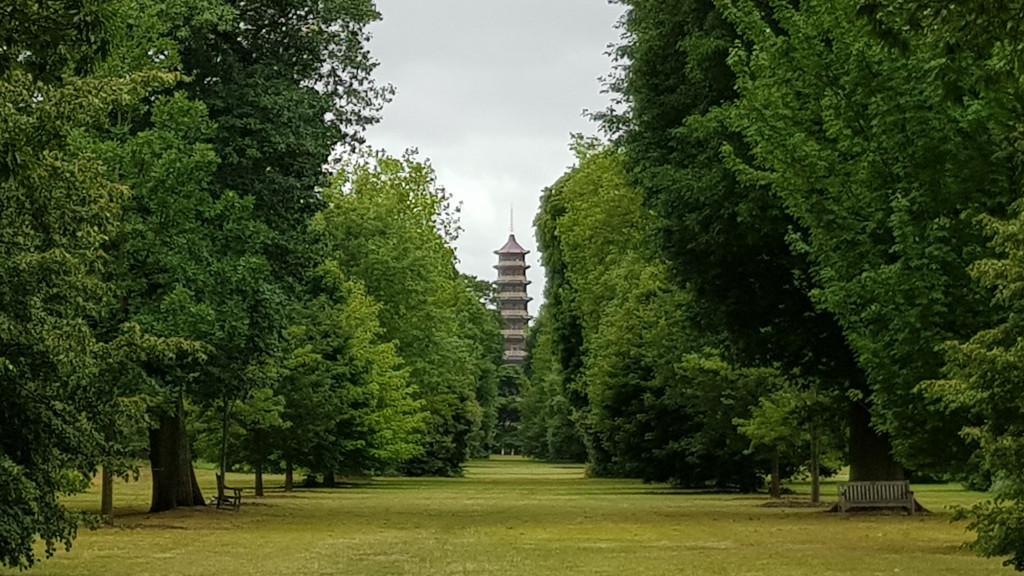
(Image: 3DWithUs)
The Mystery Story of the Dragons
Original dragons have disappeared over 200 years ago. One source states that the original dragons were made of gold and they were sold to pay the debts, another source says the dragons were made of wood but gold-painted and simply decayed away with time. The new dragons were installed in 2018.
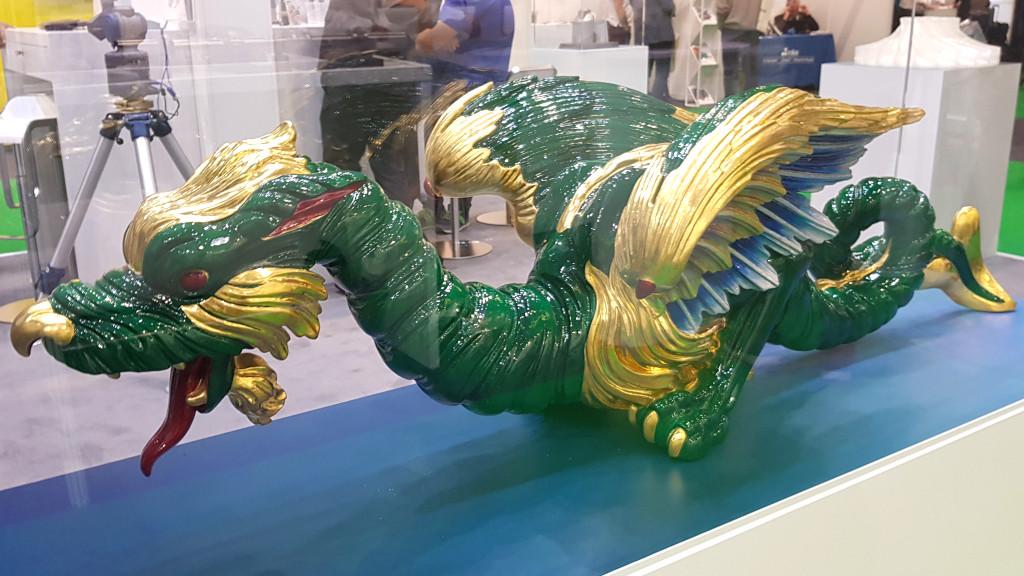
(Image: 3DWithUs)
8 Wood Carved and 72 3D Printed Dragons
The project lead, Craig Hatto, presented the whole workflow in detail at TCT Show. First, the historically accurate sketches were produced, then sculpting in clay took place, then carving from wood, and finally 3D scanning. Only after all that, 72 dragons were 3D printed using the SLS industrial-grade 3D printing machines.
If produced traditionally, carved from wood, they would’ve been too heavy for all pagoda’s roofs (10 in total). 3D printed dragons were made quickly and significantly lighter. The size of the dragons was also reduced for each consecutive roof.
The company that won the contract was 3D Systems. They 3D printed, assembled, and painted 72 dragons.
Even when standing very close to the Pagoda, it is impossible to distinguish which dragons were 3D printed and which were wood carved. Only after a small research, we found out that the biggest 8 on the lowest roof were wood carved.
We weren’t able to get inside and to the top of the Pagoda to look at the dragons from above and to enjoy the panoramic views. The Pagoda was closed, because of the restrictive measure connected to COVID-19. We guess, the views from there are to “die for”, especially in autumn, when the leaves on the trees, with the endless variety of shades and colors, add to the beauty of the gardens. 253 steps could be a challenge for some, though.
What Do 3D Printing Enthusiasts Do in Kew Gardens?
The discovery of the 3D printed dragons in Kew Gardens was a wonderful surprise for us. Initially, we went on a hunt for new exotic tree textures. Kew Gardens is a Botanic conservatory. There is a lot of rare trees that deliver beautiful texture and shapes if 3D scanned. Using just a mobile phone camera we keep gathering a neat collection of 3D scanned tree textures. Check it out.
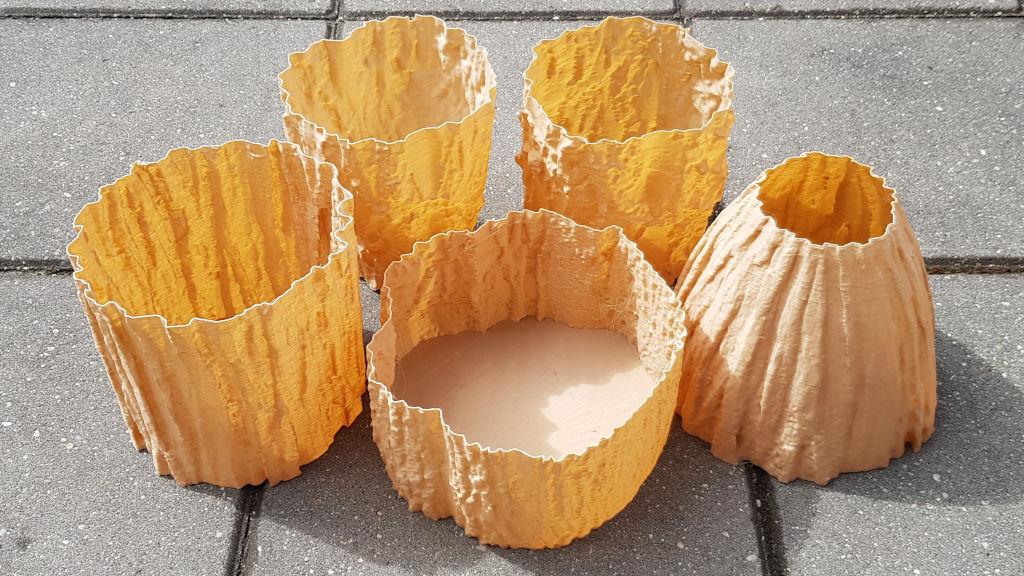
(Image: 3DWithUs)
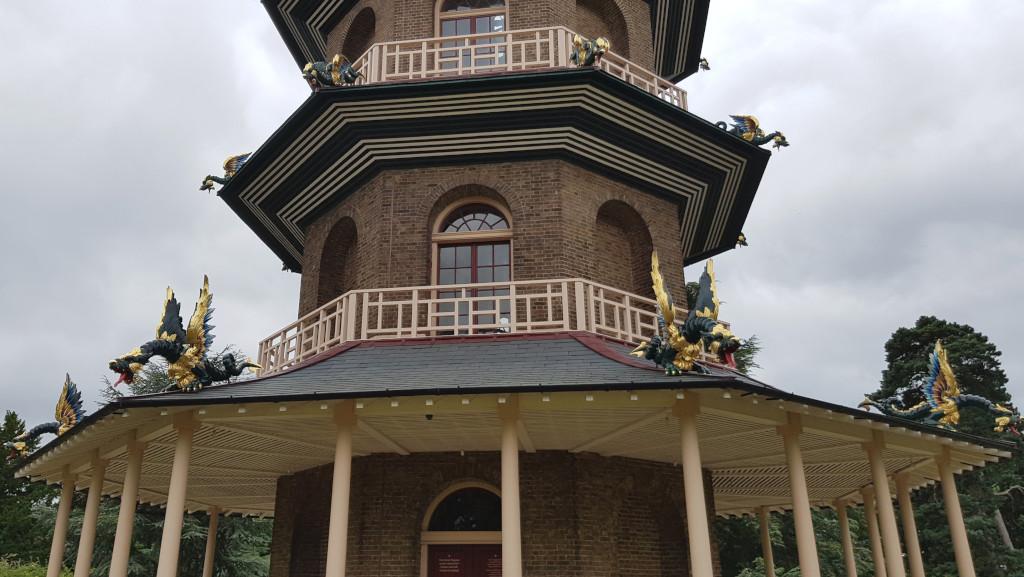
(Image: 3DWithUs)



